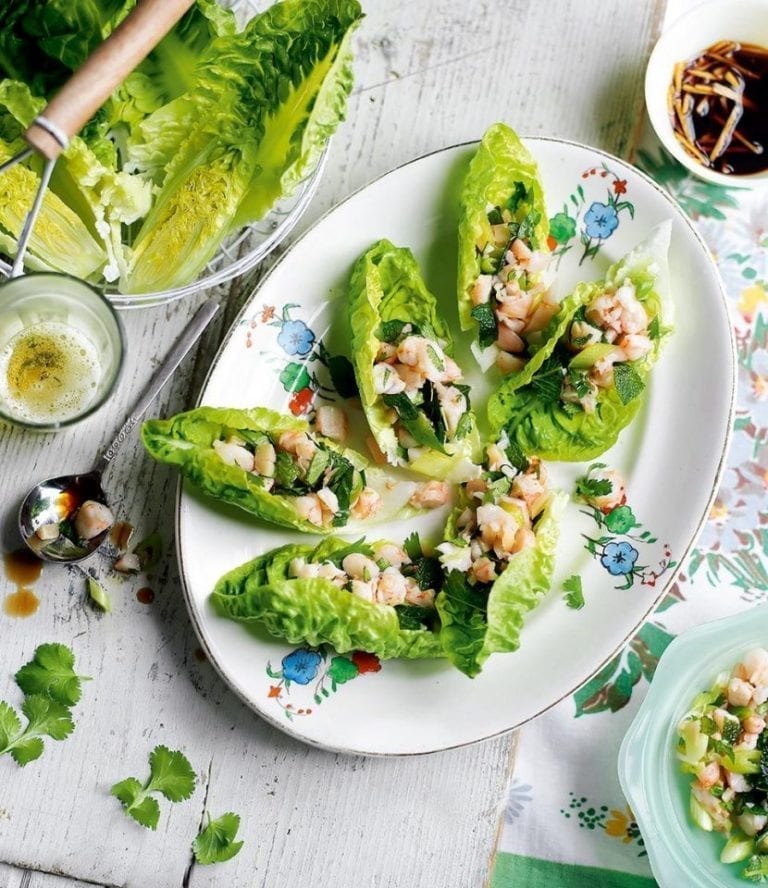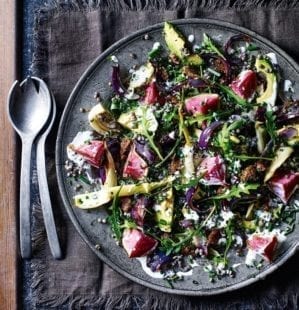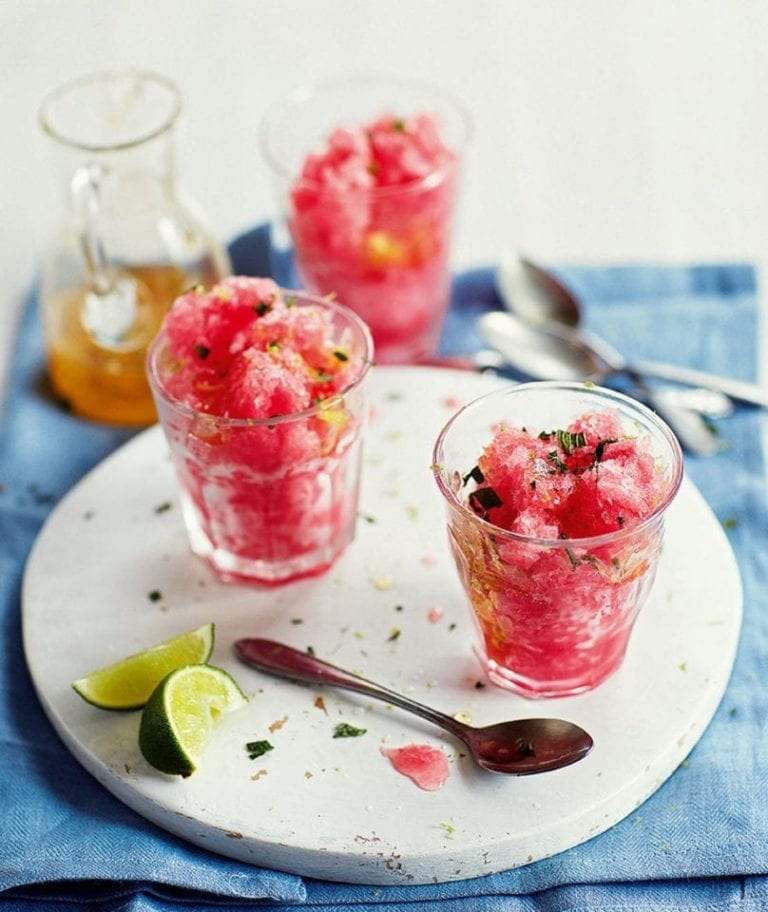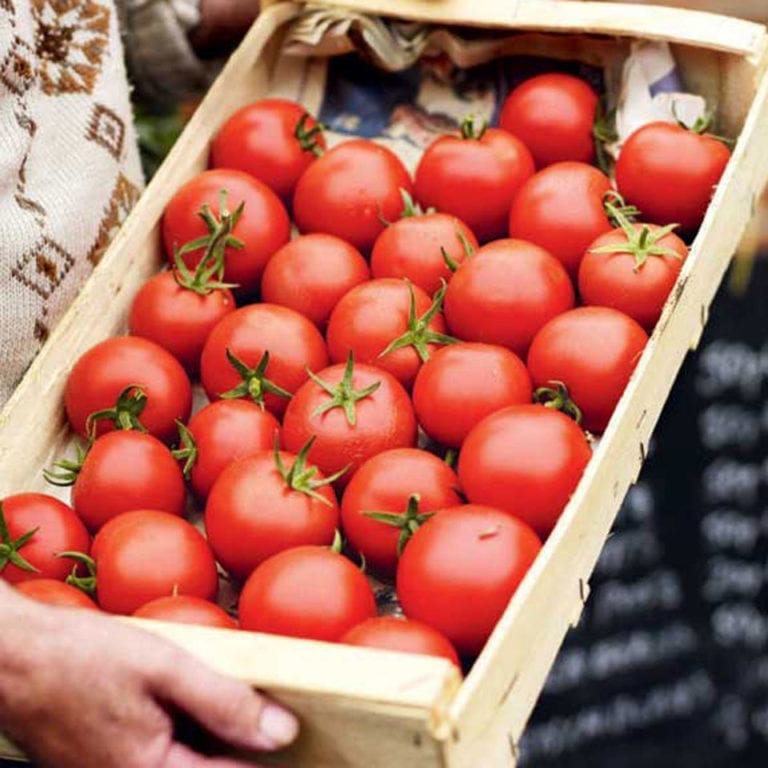How to make salad dressings
Creating a good salad dressing is a complex business: which oil to use for which salad, and what kind of vinegar? Our guide will smooth things out.

Dressing essentials
- Salad dressing is an emulsion: a mixture of two unblendable liquids, in which one liquid (in this case, the vinegar) forms tiny droplets within the other. When the vinegar is suspended in the oil, it forms a thick, glossy mixture. l Vinaigrette-type dressings are unstable – the oil and vinegar will separate again if they are left to stand around for too long.
- A good dressing should complement the salad, and not overpower it.
- You can keep your salad dressing in a jar in the fridge for up to a week. Bring it up to room temperature and make sure it is well combined before using it.
How to make the best dressing
- Although it comes down to personal taste, there are a few tips to make the most out of a dressing:
- The balance should be one part vinegar to three parts oil, although this can be altered to taste.
- Add your seasoning to the base vinegar before whisking in the oil. That way, the seasoning and sugar will dissolve and spread evenly through the dressing.
- A quick cheat: shake it up. It’s really important to combine your ingredients properly, and an easy way to do so is to put them all into a jam jar with a lid and shake it vigorously.
Oils and vinegars
- Extra-virgin olive oil is the classic choice, and its flavour is as varied as wine. Olive oils can be anything from strong and fruity to peppery, or even slightly bitter. Choose one to complement the ingredients in your salad.
- Nut oils such as walnut or hazelnut have a very strong flavour, so mix them with a mild olive oil.
- Experiment with different flavours of oil and vinegar. Try using cider vinegar with a mixture of half olive oil and half walnut oil, or use lemon juice instead of vinegar.
- Try lots of extra-virgin olive oils until you have a really good one that you love, then be sure to use it only for dunking bread, drizzling and dressing salads!
- Never use malt vinegar for a dressing as it is just too overpowering.
- Although balsamic vinegar is delicious, it doesn’t suit every salad, and is best when matched with simple, tomato-based salads.
Make your own flavoured oils and vinegars
- Place two fresh, hot red chillies or dried chillies into a bottle of olive oil, puncturing them with a pin so that they sink, and leave to infuse for a couple of weeks before using.
- Place sprigs of herbs such as rosemary, tarragon, thyme or basil into either oil or white wine vinegar and leave to infuse.
- With a vegetable peeler, remove the zest from unwaxed lemons and add to olive oil for a great oil to drizzle over fish and lamb.
Other flavours
- Mustard – wholegrain, Dijon or even a little spicy English – makes a great addition to many dressings. Just remember not to overdo it, or you’ll mask the other flavours in the salad.
- Try using a little honey instead of sugar to add a natural sweetness to your dressing. Fresh herbs are also a welcome addition to any dressing.
When to dress
- Dress your salad at the last minute to prevent it going soggy. A good tip is to use your hands to delicately toss all the leaves, adding a little at a time.
Subscribe to our magazine
Food stories, skills and tested recipes, straight to your door... Enjoy 5 issues for just £5 with our special introductory offer.
Subscribe
Unleash your inner chef
Looking for inspiration? Receive the latest recipes with our newsletter



